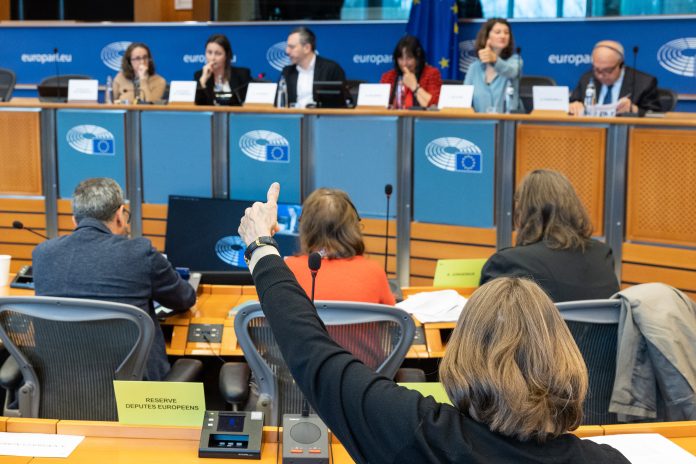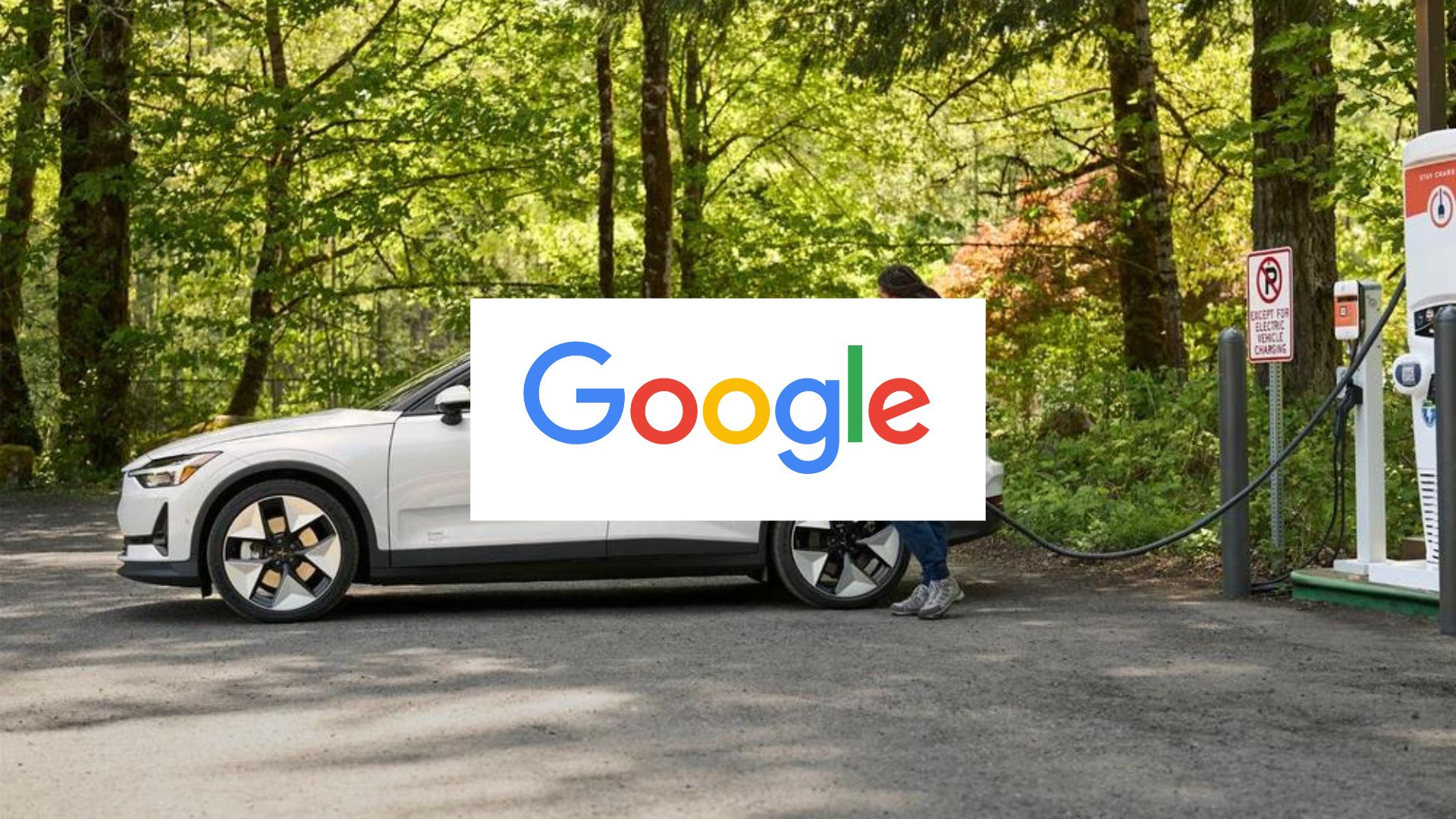EU Parliament Adopts New Carbon Sinks Goal That Increases EU 2030 Climate Ambition

|
Listen to this story:
|
- New EU 2030 target to increase EU carbon sinks by 15%
- Nationally binding 2030 targets for all EU countries
- Improved governance and monitoring including penalties for non-compliance
New law raises the EU carbon sinks target for the land use and forestry sector, which should reduce greenhouse gases in the EU in 2030 by up to 57% compared to 1990.
Parliament today adopted with 479 votes to 97 and 43 abstentions the revision of the regulation on the land use, land use change and forestry sector (LULUCF) which seeks to improve natural carbon sinks to make the EU the first climate-neutral continent by 2050 and improve biodiversity in line with the European Green Deal.
Both EU and national targets to boost carbon sinks by 2030
The EU 2030 target for net greenhouse gas (GHG) removals in the land, land use change and forestry sector will be set at 310 million tonnes CO2 equivalent, which is around 15% more than today. This new EU target should reduce the EU’s GHGs in 2030 further from 55% to around 57% compared to 1990-levels.
All EU member states will have nationally binding 2030 targets for removals and emissions from LULUCF based on recent levels of removals and potential for further removals. The current rules will apply until 2025, under which EU countries will have to ensure that emissions in the LULUCF sector do not exceed the amount that has been removed. From 2026, EU countries will have a four-year budget for 2026-2029 instead of binding annual targets.
See related article: EU Parliament Adopts Plan for a Climate Neutral Building Sector by 2050
Governance, flexibility and monitoring
Member states can purchase or sell removal credits between LULUCF and the Effort Sharing Regulation to reach their targets. A mechanism will also ensure that member states receive compensation if natural disasters, such as forest fires, occur.
Monitoring, reporting and verification of emissions and removals will be improved, including by using more geographical data and remote sensing, so that EU countries’ progress towards achieving their targets can be followed more accurately.
EU countries will be obliged to take corrective action if progress towards their target is not sufficient. There will also be a penalty for non-compliance: 108% of the GHG above their 2026-2029 GHG budget will be added to their 2030 target. To ensure that the EU target is met, the Commission will submit a progress report no later than six months after the first global stocktake agreed under the Paris Agreement. If appropriate, the Commission shall follow up with legislative proposals.
Quote
After the vote, rapporteur, Ville Niinistö (Greens/EFA, FI), said: “The EU’s sinks have been decreasing for the last decade. This law will ensure that the land sector will do its part in tackling the climate crisis as we now have a more ambitious target and safeguards such as better data and stricter reporting requirements, more transparency as well as a review by 2025. For the first time, this legislation considers biodiversity and the climate crisis jointly and member states will also need to take into account the do-no-significant-harm principle.”






